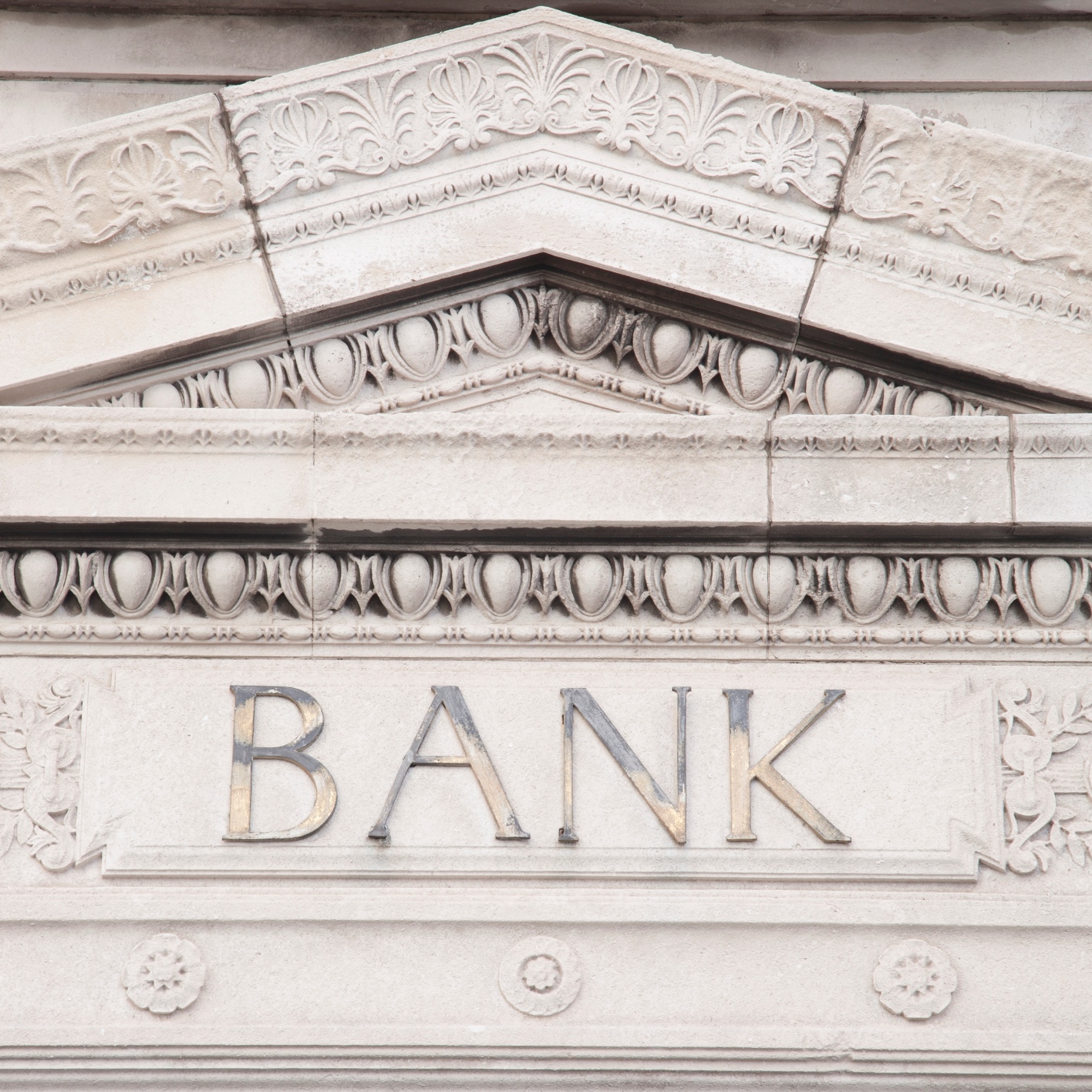Banking, finance, and taxes
Can Citigroup Book Value Outshine JPMorgan and Wells Fargo Earnings?

Published:
Last Updated:

Earnings season has kicked off for the second quarter, and that means the major U.S. banks are among the first to the table to report. Concerns over the financial sector from Brexit were seemingly quashed by the solid recovery and the new highs that U.S. markets posted. However, some analysts are saying that the current rally lacks the fundamentals for hitting these new highs. What better place to look for these fundamentals to make or break this rally than the U.S. financial sector?
24/7 Wall St. wanted to see which big banks reporting earnings this week and next could make the biggest headway against their book values. It seems feasible to consider that the latest lightening up oversight could allow for more of a normalization against book value. That said, now the banks have to prove to Wall Street and Main Street alike that they can operate profitability in a climate with stubbornly low interest rates.
One bit of good news going forward is that the giant U.S. banks all passed the Federal Reserve’s stress tests with strong capital positions, making another so-called Lehman moment unlikely to occur and threaten the entire global banking system.
JPMorgan Chase & Co. (NYSE: JPM), Citigroup Inc. (NYSE: C) and Wells Fargo & Co. (NYSE: WFC) are reporting on Thursday and Friday. And Bank of America Corp. (NYSE: BAC) and Goldman Sachs Group Inc. (NYSE: GS) are reporting on Monday and Tuesday, respectively, of next week.
Going into this earnings report, tangible book value per share is what most analysts are looking at in terms of an indicator of performance. As of the most recent earnings season, and out of all the major banks, Citigroup trades at the largest discount to tangible book value, while Wells Fargo trades at the highest premium. Both Bank of America and Goldman Sachs trade at a discount as well, while JPMorgan enjoys a sizable premium.
Based on this metric, Citigroup could stand to make a solid run, but there’s more to the story. The Fed also recently approved Citigroup’s plan to more than triple its dividend. Considering a strong earnings report, Citi’s shares could run to appropriate for the discount it trades at and to account for the dividend yield.
Although JPMorgan trades at a premium to its book value per share, this megabank has an ironclad balance sheet that helped it weather the bear market earlier this year.
Wells Fargo is a nationwide, diversified, community-based financial services company with $1.8 trillion in assets. It has offices in 36 countries to support customers who conduct business in the global economy, but its main exposure is in the United States, which was an excellent hedge to Brexit woes relative to the other major banks.
Shares of JPMorgan were trading down about 0.5% to $62.86 on Wednesday, with a consensus analyst price target of $70.59 and a 52-week trading range of $50.07 to $70.61. The tangible book value per share is $48.96. Year to date, the stock is down about 2%.
Citigroup shares were trading down 0.6% at $43.17. The consensus price target is $54.88 and the 52-week range is $34.52 to $60.95. The tangible book value per share is $62.07. The stock is down nearly 16% in 2016.
Wells Fargo was trading at $48.18, with a consensus price target of $53.82 and a 52-week range of $44.50 to $58.77. The tangible book value per share is $34.58. Year to date, the stock is down almost 10%.
Bank of America shares traded down 1.1% at $13.39. The consensus price target is $17.18. The 52-week range is $10.99 to $18.48. The tangible book value per share is $16.17. In 2016, the stock is down about 19%.
Shares of Goldman Sachs were last seen at $157.21, with a consensus price target of $179.95 and a 52-week range of $138.20 to $214.61. The tangible book value per share is $173.00. So far in 2016, shares are down over 12%.
After two decades of reviewing financial products I haven’t seen anything like this. Credit card companies are at war, handing out free rewards and benefits to win the best customers.
A good cash back card can be worth thousands of dollars a year in free money, not to mention other perks like travel, insurance, and access to fancy lounges.
Our top pick today pays up to 5% cash back, a $200 bonus on top, and $0 annual fee. Click here to apply before they stop offering rewards this generous.
Flywheel Publishing has partnered with CardRatings for our coverage of credit card products. Flywheel Publishing and CardRatings may receive a commission from card issuers.
Thank you for reading! Have some feedback for us?
Contact the 24/7 Wall St. editorial team.